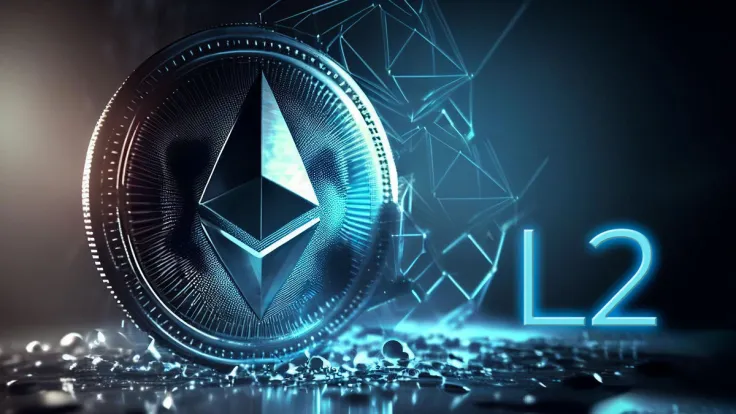
Seasoned Ethereum (ETH) enthusiast and investor Ryan Berckmans published a thread to stress the main opportunities unlocked by noncustodial bridge mechanisms between various second-layer solutions. They are resilient to unexpected hardforks and can be far more resource efficient.
Inter-L2 bridges are more reliable and cheaper than competitors from L1s, Ryan Berckmans says
Bridges between different Ethereum-based L2 scalers have already established themselves as less risky and more gas-optimized systems compared to cross-L1 bridges. In future, their supremacy is set to become even more obvious, Berckmans opined in his thread yesterday on X.
For instance, once the underlying L1 hard forks, both L2s on its top and their bridges are automatically migrated. Meanwhile, a bridge between two L1s need manual migration initiated. When a paternal L1 reorganizes, all of its L2s follow; there's no need for any additional action.
Also, systems of interconnected L2 protocols can be more gas efficient compared to bridges from previous generations thanks to the integration of zero-knowledge proofs (ZKPs):
A third benefit is that inter-L2 bridges can have their messages bundled into the same aggregated verification that powers the L2s themselves. For example, bridging activity can be included in the same zk proof used to settle a zk L2's internal activity at no additional L1 gas cost.
Cross-L1 bridges can be considered immutable only if we assume that both start and target L1 blockchains will never undergo hardforks.
Berckmans mentioned Hop Protocol, Across, Connext and Socket apps among the pioneering cross-L2 decentralized bridges.
Arbitrum strengthens its dominance in L2 scene with Stylus launched
However, the teams of L2 bridges have a lot of work to do, Berckmans concluded. In future, they will be of paramount importance for the global value transfer system:
In short, inter-L2 bridges are guaranteed to be more reliable and cheaper than cross-L1 bridges. That's why the Ethereum Trade Network will be the primary vehicle for the multichain network economy.
As of today, 90% of Ethereum's L2s ecosystem is controlled by two blockchains, i.e., Arbitrum One (ARB) and Optimism (OP). As covered by U.Today previously, Arbitrum introduced Stylus, an instrument for programmers working in non-EVM languages.
With Stylus, developers can run smart contracts and tokens written in WASM languages (C, C++ and Rust) in EVM-compatible blockchains without limitations.
 Dan Burgin
Dan Burgin Vladislav Sopov
Vladislav Sopov U.Today Editorial Team
U.Today Editorial Team